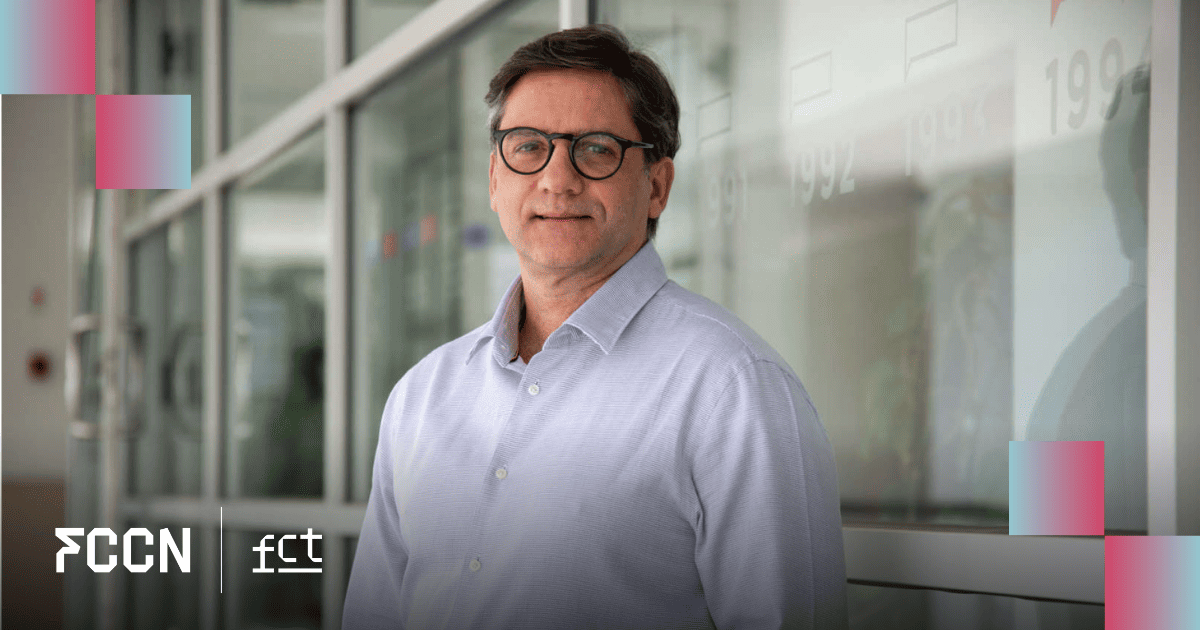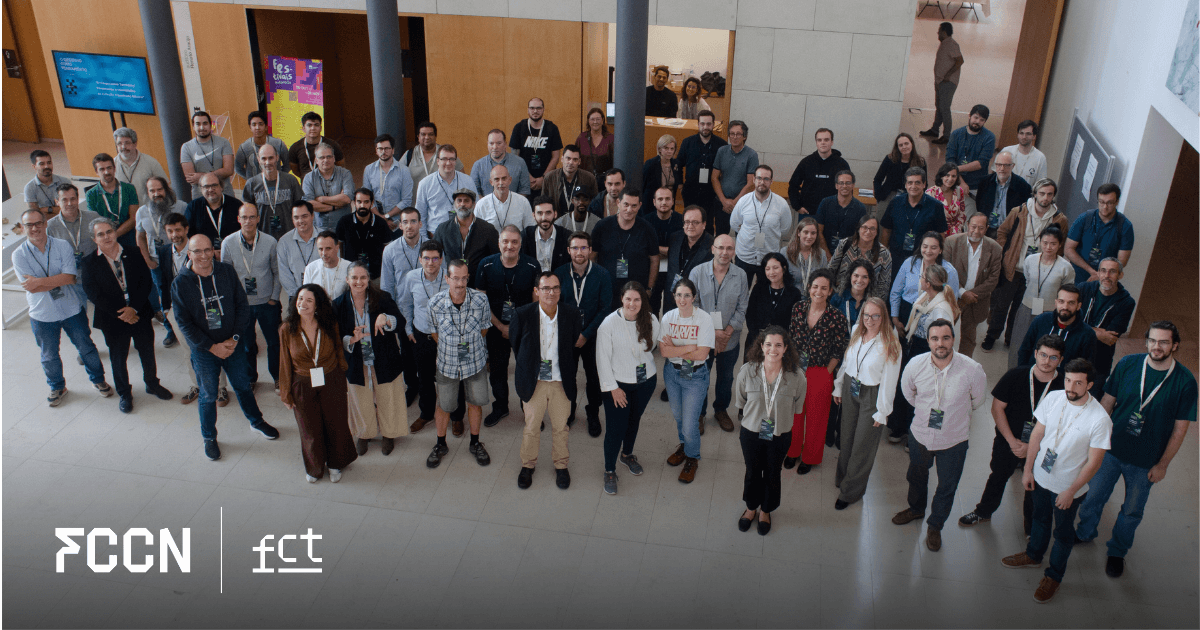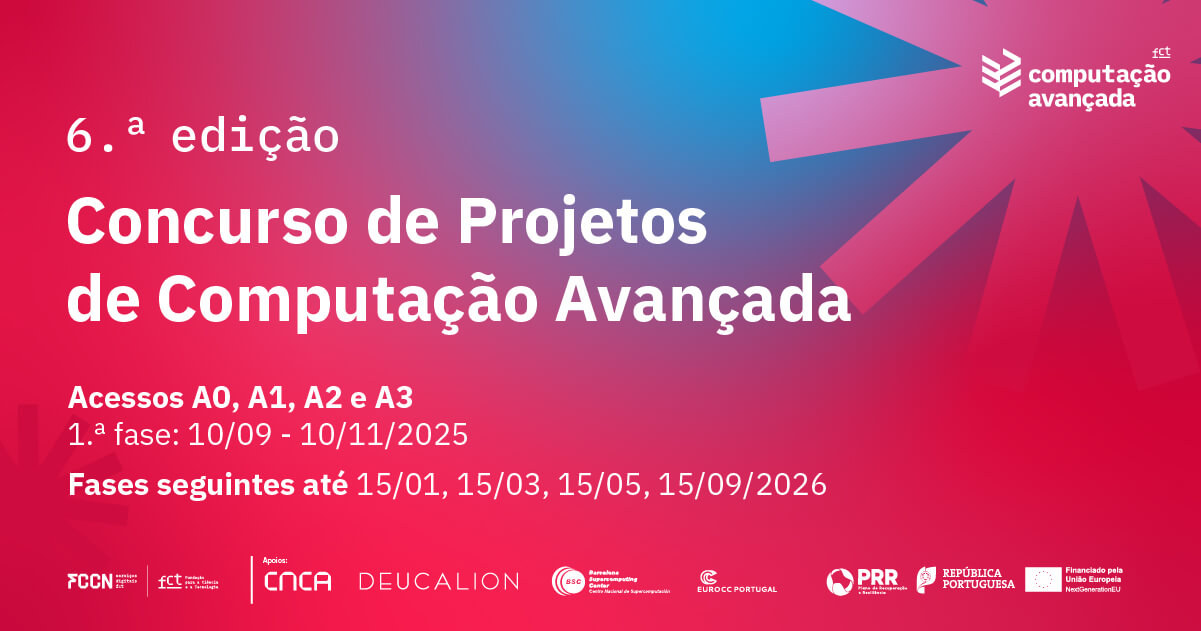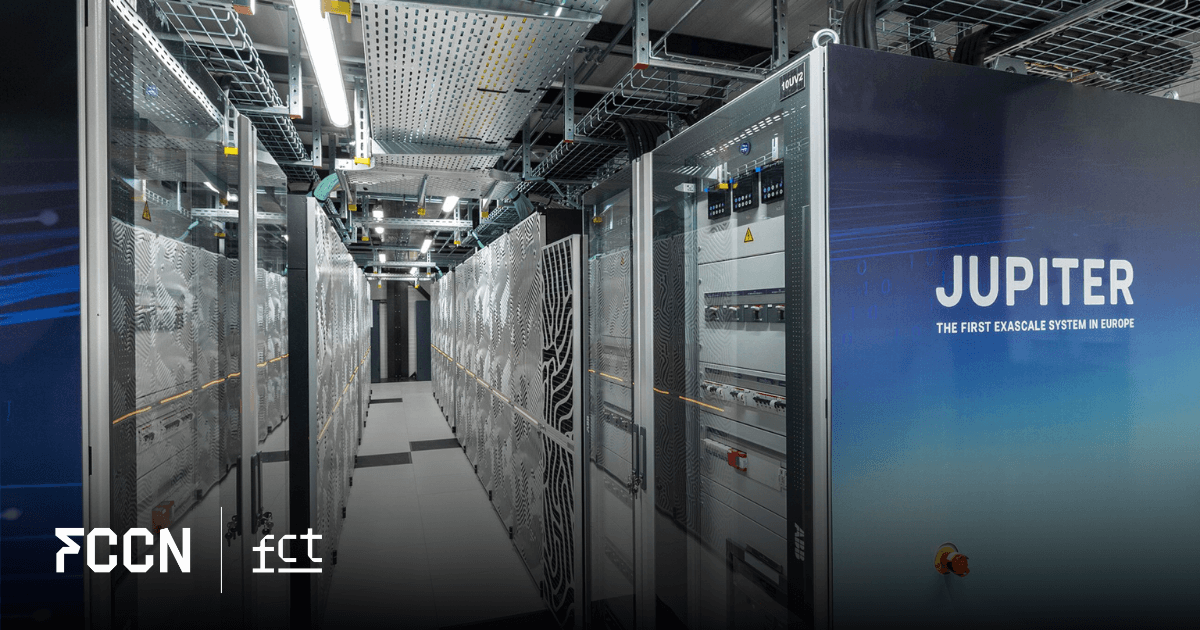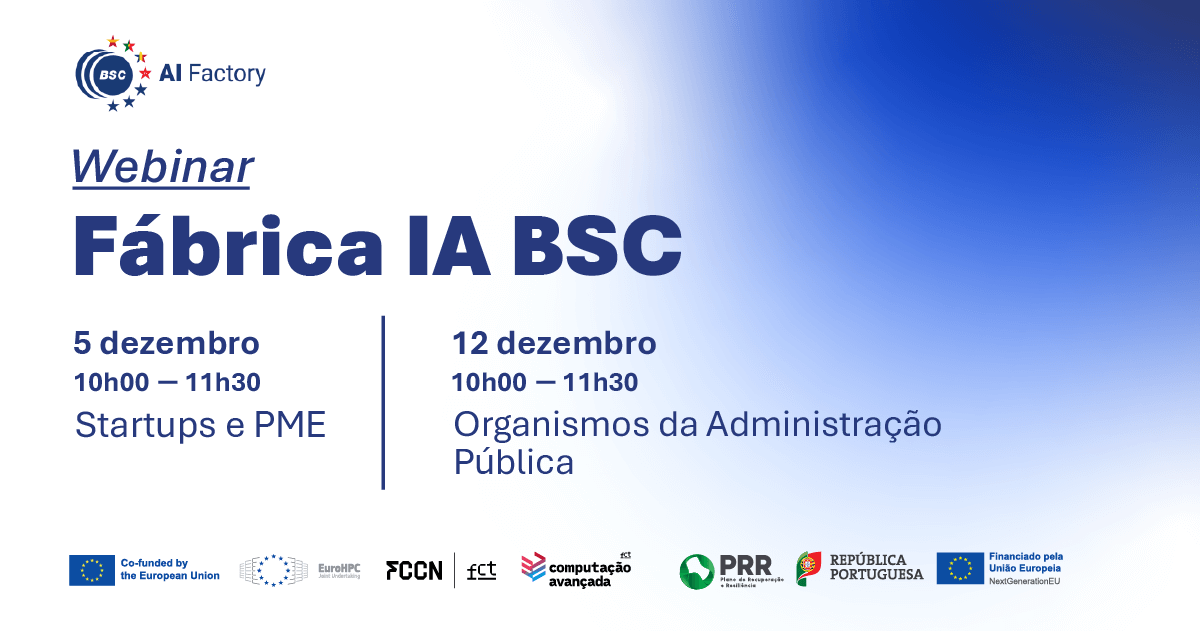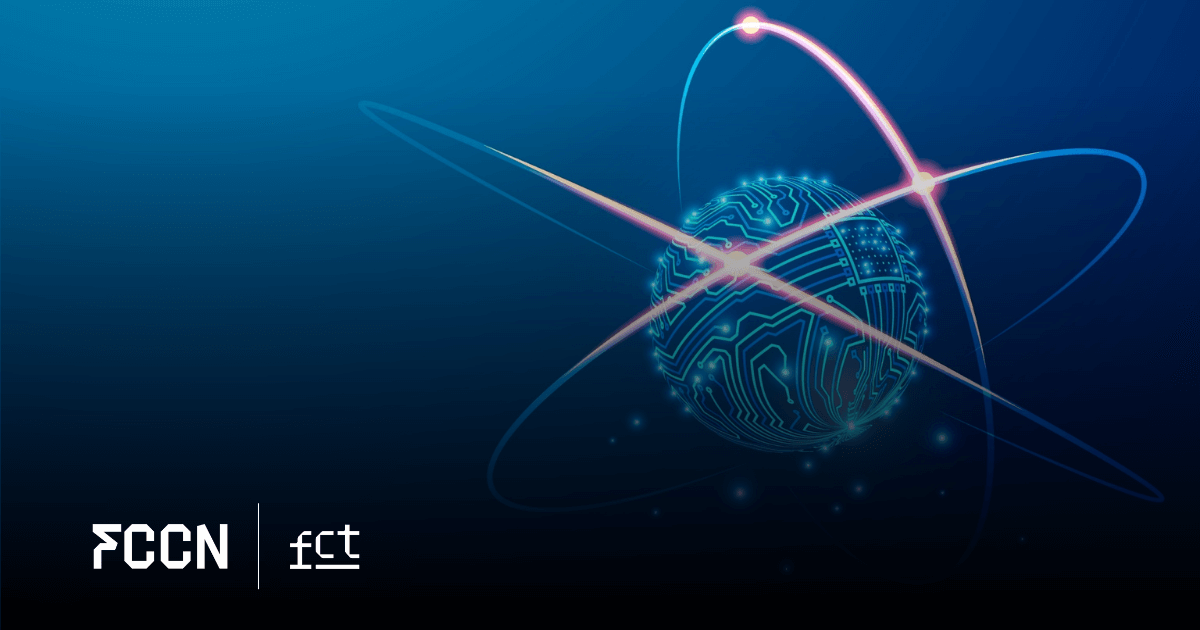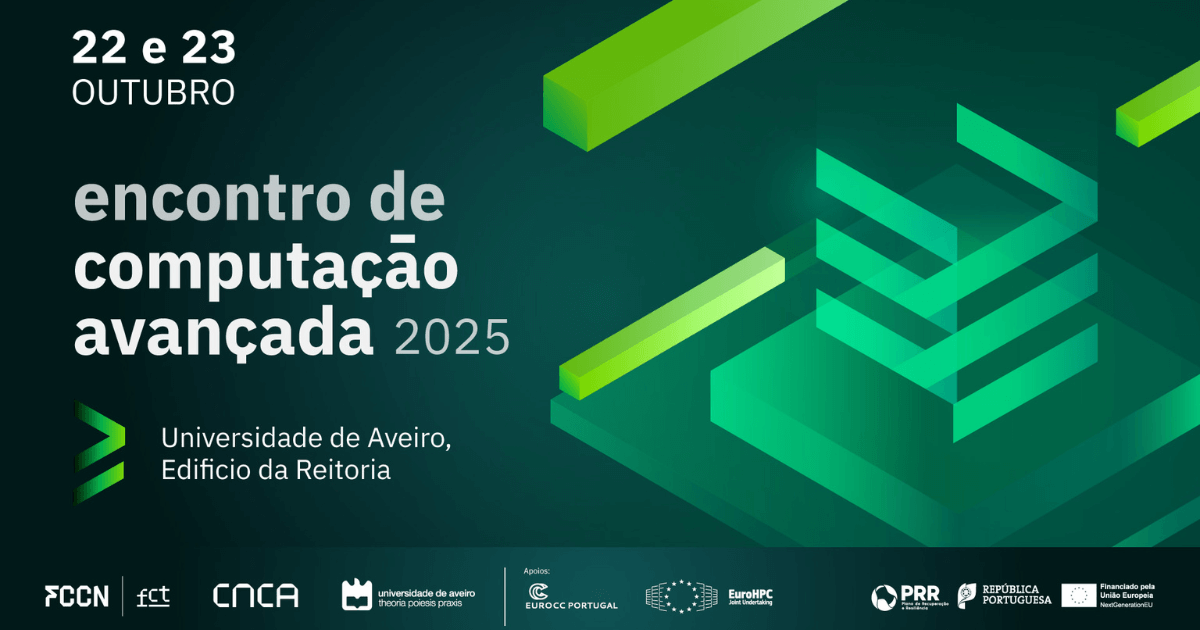Discover the characteristics and potential of the supercomputers that make up the National Advanced Computing Network (RNCA).
The first supercomputer open to the scientific community was installed by the FCCN unit of the FCT, in 1988, followed by others, which we identify here.
What are the national supercomputers?
Oblivion
It was in February 2020 that the University of Évora inaugurated the Oblivion supercomputer, a machine capable of processing 239 million million operations per second, storing 1.5 Petabytes of data. The use of Oblivion, incorporated into HPC-UÉ (High Performance Computing of the University of Évora), is divided between the activity of the ENGAGE SKA consortium (Enabling Green E-Science for the SKA Research Infrastructure) and the activity of the scientific community and companies within the scope of the National Advanced Computing Network. A upgrade of the HPC-UÉ center with the installation in 2021 of a new cluster, called Vision, which has features specially adapted to artificial intelligence work and deep learning
Bob
Inaugurated in July 2019, after being installed in the REN data center in Riba d'Ave in Minho, Bob allowed a tenfold increase in national computing capacity, having been provided by the University of Austin, under a partnership that involved the University of Minho and FCT. Operated by the Minho Advanced Computing Centre (MACC), with support from the FCT, Bob will soon be replaced by the future supercomputer Deucalion, a change that will increase computing capacity by about 40 times. Co-financed by the partnership EuroHPC JU, Deucalion will have a maximum performance of 10 Petaflops or 10 million billion calculations per second, based on part of the same ARM technology as what is considered the fastest supercomputer in the world: Fugaku.
Navigator
Inaugurated in February 2019, the Navigator supercomputer is part of the Advanced Computing Laboratory of the University of Coimbra (LCA-UC). This supercomputer is highlighted by UC as a “an important working tool for researchers in fields as diverse as biosciences, materials science, high-energy physics, astrophysics, or fluid dynamics”Located on the lower floor of the Physics and Chemistry department building, the installation of this laboratory required an investment of 2.17 million euros. This cluster is part of the Tier-1 network of European supercomputers, PRACE, and participates in the DECI-17 call. In 2021, the Navigator received upgrades to its cooling capacity and archiving/backup system.
Cirrus and Stratus
The Stratus and Cirrus-A platforms can be found in Lisbon, within the National Distributed Computing Infrastructure (INCD). These platforms have been operated by INCD since 2017, enabling the entity to guarantee High Performance Computing services through the Cirrus-A cluster. The Stratus cluster comprises the cloud computing infrastructure provided by INCD, widely used for Virtual Research Environments and installation of Virtual Machines.
These supercomputers are also integrated into the National Advanced Computing Network, managed by the FCT's FCCN Unit, and within the scope of the first edition of Advanced Computing Project Competition, 129 projects in a wide range of areas were able to use these resources.

National Advanced Computing Network
Composed of 4 operational centers and a set of competence centers, the RNCA aims to provide advanced computing services to the research, technology, innovation, and industrial communities. It also seeks to aggregate national advanced computing resources, promote cooperation between the various centers involved, and develop national and international partnerships with other entities.
Having been created in 2018 by the digital skills initiative INCoDe.2030, the RNCA is also part of the Iberian Advanced Computing Network – RICA, based on the creation of the MAAC – Minho Advanced Computing Centre.
What is supercomputing for?
All these High Performance Computing (HPC) resources aim to support applications in various areas, such as bioinformatics, climate, materials and life science, computational chemistry, physics, and civil engineering, among others, thus supporting research and enhancing the competitiveness of national industry, as we can read in article that we published about the first Portuguese project approved by the initiative SHAPE PRACE


